Your eyes reveal more than just your emotions—they can be windows into your overall health. Иридология Диагностика радужной оболочки is a holistic assessment method that examines the iris (the colored part of your eye) to identify potential health imbalances, particularly those related to stress and fatigue. This centuries-old practice has evolved into a modern complementary health tool that can detect subtle changes in your body before they manifest as serious conditions.
In today’s fast-paced world, chronic stress and fatigue have become increasingly common health concerns. What makes Иридология Диагностика радужной оболочки particularly valuable is its ability to identify these issues early, often before conventional tests show abnormalities. By understanding the unique patterns and markings in your iris, practitioners can provide insights into your body’s stress response and energy levels.
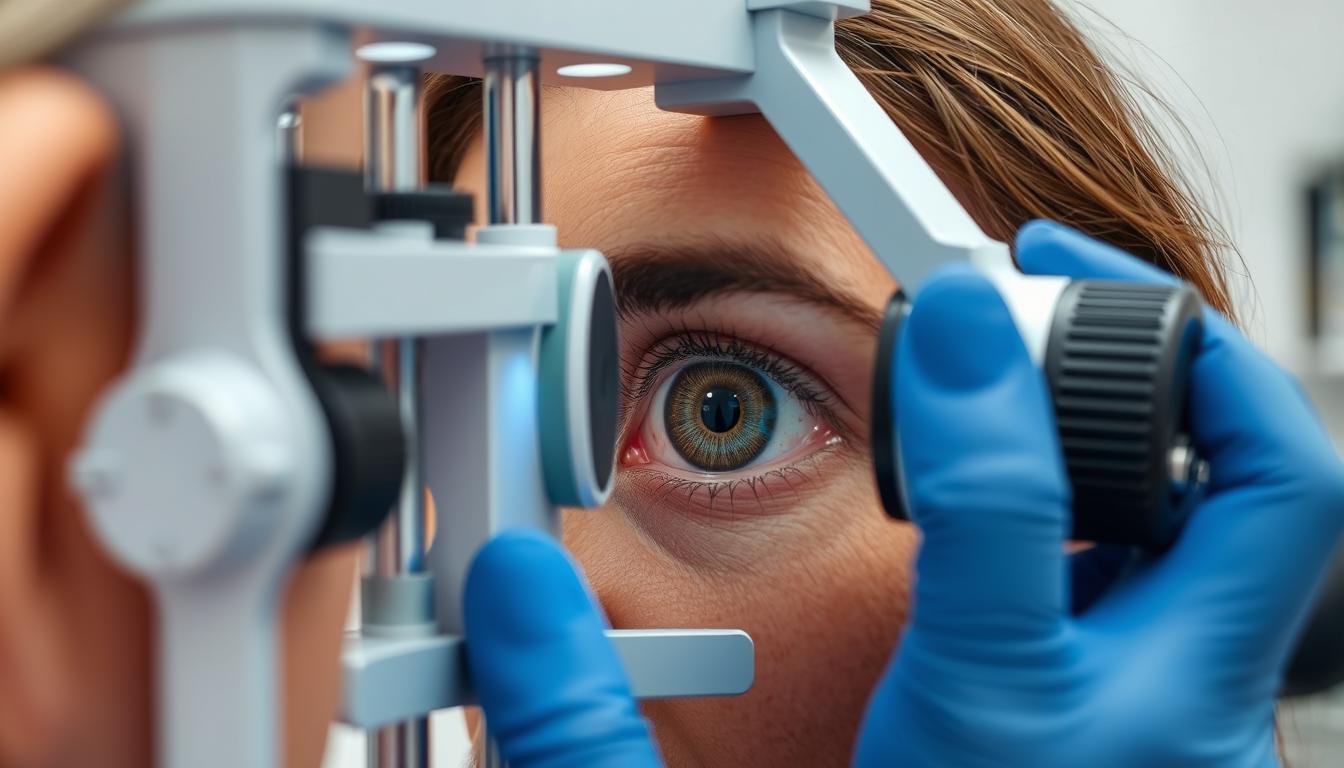
Professional iridology examination reveals subtle iris patterns related to stress and fatigue
Иридология Диагностика радужной оболочки Fundamentals
Before exploring specific stress and fatigue indicators, it’s essential to understand the basic principles that make Иридология Диагностика радужной оболочки a valuable assessment tool. The practice is founded on the premise that the iris contains a detailed map of the body, with different zones corresponding to specific organs and systems.
The Science Behind Iris Analysis
The iris contains thousands of nerve endings connected to the brain via the optic nerve. These connections create a complex network that reflects changes in different body tissues. When organs or systems experience stress or inflammation, corresponding changes may appear in the iris through discolorations, marks, or structural alterations.
Modern иридология combines traditional knowledge with advanced imaging technology. High-resolution iris cameras can capture detailed images that reveal subtle patterns invisible to the naked eye. These images are then analyzed against standardized iris charts to identify potential health concerns.
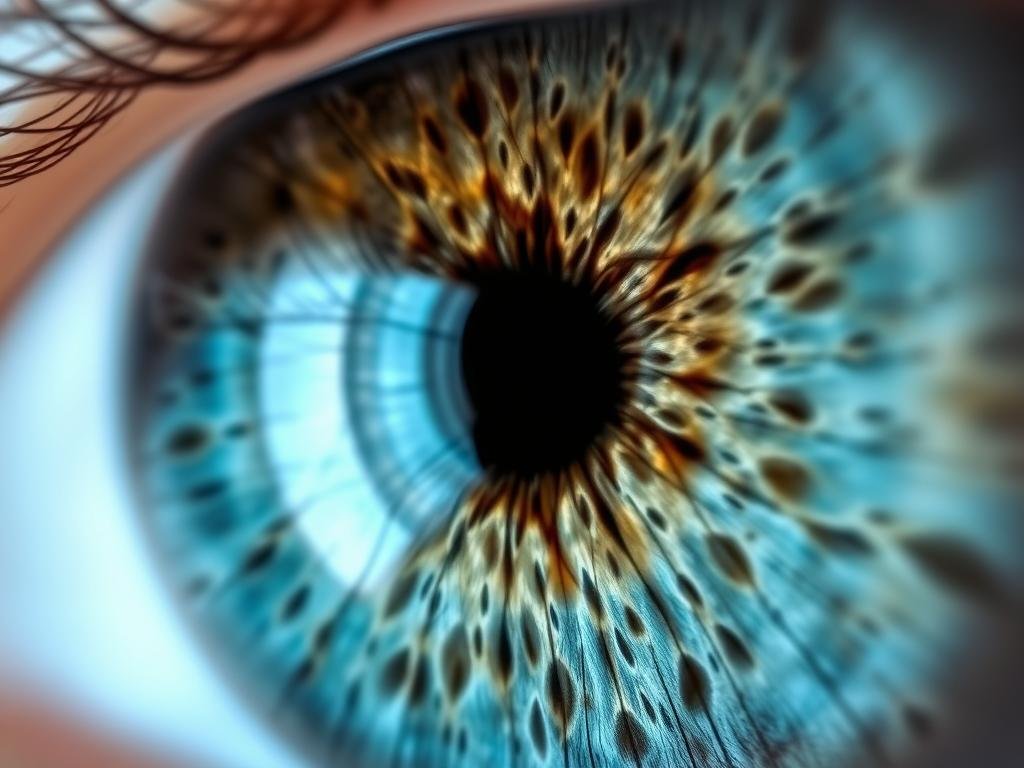
Intricate iris fibers and patterns reveal valuable health information
Mapping Stress Zones in the Iris Chart
Iridologists use specialized charts that divide the iris into zones corresponding to different body systems. The chart typically includes:
- Nerve wreath (autonomic nerve system) – reflects stress response
- Adrenal zone – indicates adrenal function and stress hormone production
- Digestive system zones – shows how stress affects digestion
- Lymphatic system markers – reveals immune response to chronic stress
- Nervous system indicators – displays nervous tension patterns


Standard iridology chart mapping iris zones to body systems
Historical Use of Иридология Диагностика радужной оболочки
The practice of examining the iris for health insights dates back thousands of years. Ancient texts from China, Egypt, and Greece mention correlations between eye markings and health conditions. However, modern iridology began in the 19th century when Hungarian physician Dr. Ignatz von Peczely noticed changes in an owl’s iris after it suffered a broken leg.
Dr. von Peczely later observed similar patterns in his patients, leading him to develop the first comprehensive iris chart in 1881. Throughout the 20th century, practitioners like Bernard Jensen further refined these techniques, establishing iridology as a complementary health assessment method recognized worldwide.
Discover Your Iris Health Profile
Curious about what your iris reveals about your stress levels? Our expert iridologists use advanced techniques to provide personalized insights.
Свяжитесь с нами по WhatsApp
7 Key Iris Markers of Chronic Stress
Chronic stress leaves distinctive signatures in the iris that trained iridologists can identify. These markers often appear before conventional tests detect abnormalities, making Иридология Диагностика радужной оболочки a valuable early warning system.
Radial Furrows & Tension Patterns
Radial furrows are spoke-like lines that extend from the pupil toward the outer edge of the iris. In stress conditions, these furrows become more pronounced, indicating nervous system tension. The number, depth, and location of these furrows provide insights into how stress affects specific body systems.

Pronounced radial furrows indicating chronic nervous system stress
Key stress-related furrow patterns include:
- Brain stress rings – Circular furrows near the top of the iris indicating mental exhaustion
- Digestive stress lines – Furrows in the intestinal zone showing stress-induced digestive issues
- Adrenal stress markers – Deep furrows in the adrenal zone indicating adrenal fatigue
Pigmentation Changes in Stress Zones
Stress can cause distinctive color changes in specific iris zones. These pigmentation shifts often indicate inflammation or hyperactivity in the corresponding organs or systems. Common stress-related pigmentation changes include:
- Yellow-brown spots in the liver area – indicating liver stress from toxin processing
- Darkening in the kidney zone – showing kidney strain from stress hormones
- White cloudiness in the brain area – suggesting mental fatigue and cognitive stress

Pigmentation variations indicating stress in specific body systems
Collarette Distortions Explained
The collarette is a circular ridge that divides the iris into two main zones. In healthy individuals, this ridge appears relatively smooth and well-defined. Under chronic stress, the collarette can become distorted, showing irregular patterns that reflect autonomic nervous system imbalances.

Normal collarette (left) compared to stress-distorted collarette (right)
| Collarette Pattern |
Stress Indication |
Связанные симптомы |
| Tightly contracted |
Sympathetic dominance (fight-or-flight) |
Anxiety, hypertension, insomnia |
| Loose, wavy pattern |
Parasympathetic dominance |
Fatigue, low energy, depression |
| Irregular with breaks |
Autonomic nervous system instability |
Mood swings, energy fluctuations |
Understanding these stress markers allows practitioners to identify not just the presence of stress, but also how it specifically affects your body systems. This personalized insight is what makes Иридология Диагностика радужной оболочки particularly valuable for stress management.
Fatigue Indicators Through Иридология Диагностика радужной оболочки
Chronic fatigue often manifests in the iris through specific patterns that indicate energy depletion and system exhaustion. These markers can help identify the root causes of persistent tiredness that conventional tests might miss.
Lymphatic Rosary Patterns
The lymphatic system plays a crucial role in immunity and detoxification. When overloaded or congested, distinctive patterns known as “lymphatic rosaries” appear in the iris. These look like a string of white or off-white beads and indicate toxin accumulation that contributes to fatigue.
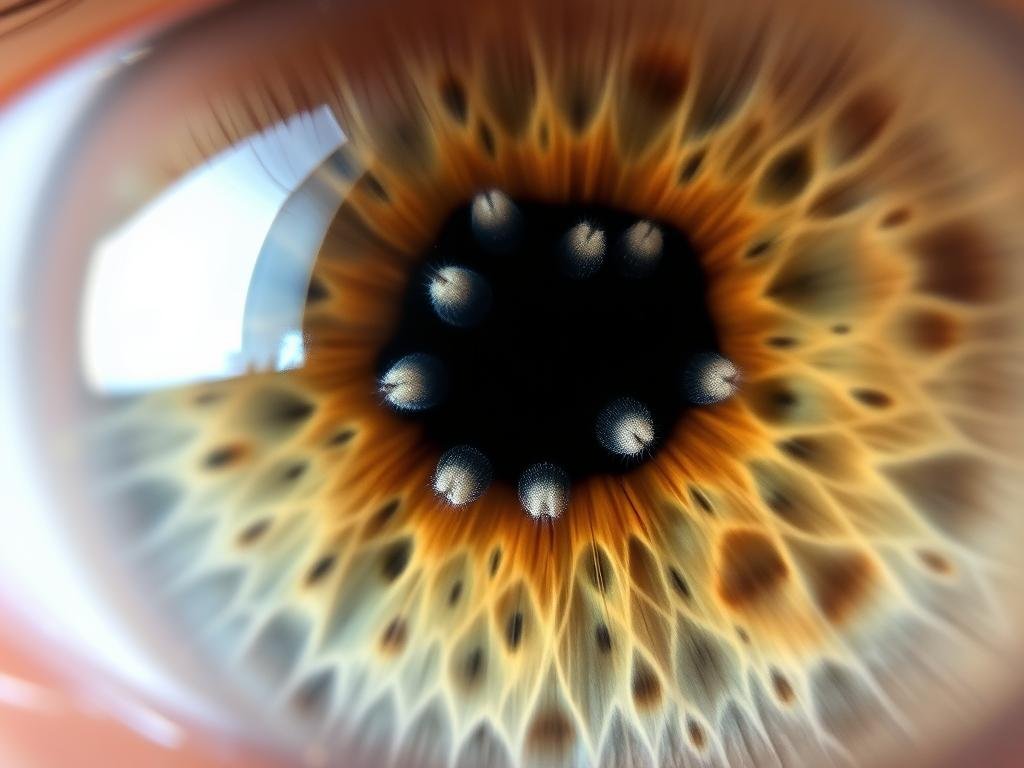
Lymphatic rosary pattern indicating system congestion and fatigue
The location of these lymphatic markers provides additional information:
- Outer iris zone – Indicates peripheral lymphatic congestion, often related to poor circulation
- Mid-iris zone – Shows congestion in major organ systems, particularly digestive organs
- Inner iris zone – Reflects deep lymphatic stagnation affecting core energy production
Pupil Border Abnormalities
The border between the pupil and iris provides valuable information about nervous system function and energy levels. In fatigue conditions, this border often shows distinctive abnormalities that reflect nervous system exhaustion.

Pupil border abnormalities indicating nervous system fatigue
Common pupil border markers of fatigue include:
- Flattened borders – Indicate adrenal exhaustion and cortisol imbalance
- Wavy, irregular borders – Suggest autonomic nervous system instability
- Notched borders – Point to specific organ systems under stress
- Dilated or sluggish pupils – Reflect overall nervous system fatigue
Fiber Density Variations
The iris contains thousands of tiny fibers arranged in intricate patterns. In healthy individuals, these fibers appear dense and tightly packed. Chronic fatigue often causes these fibers to appear separated or loosely arranged in specific zones, indicating reduced vitality in corresponding body systems.
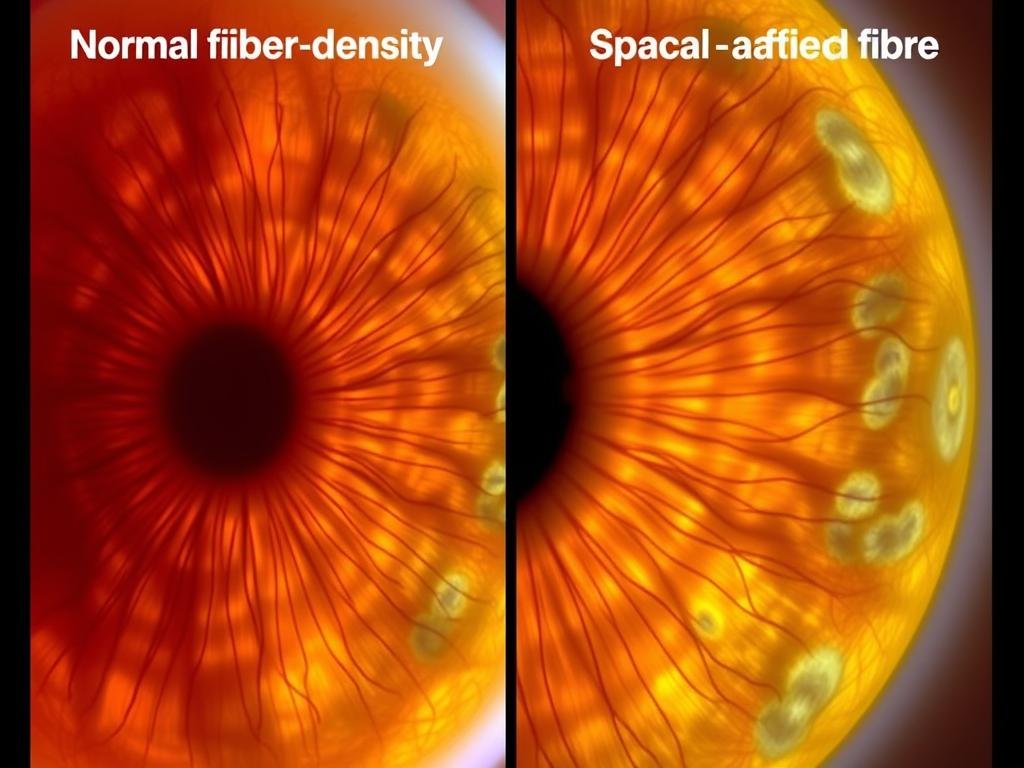
Normal fiber density (left) compared to fatigue-related separation (right)
Fiber density analysis helps identify:
- Which body systems are most depleted of energy
- How long fatigue conditions have been developing
- The body’s inherent constitutional strengths and weaknesses
- Potential recovery timeline based on tissue resilience
“The iris reveals not just current fatigue states, but also the progression of energy depletion over time. This timeline perspective is invaluable for creating effective recovery protocols.”
– Journal of Complementary Health Practices
Struggling with Unexplained Fatigue?
Our specialized iridology assessment can identify the root causes of your fatigue and provide personalized recommendations.
Email for Consultation
Modern Applications of Иридология Диагностика радужной оболочки
While traditional iridology has ancient roots, modern applications combine historical knowledge with contemporary health science. Today’s practitioners use advanced imaging technology and integrated approaches to provide comprehensive health insights.
Case Study: Stress Recovery Monitoring
A 42-year-old executive with chronic fatigue underwent monthly Иридология Диагностика радужной оболочки sessions to monitor her recovery from burnout. Initial iris analysis revealed pronounced stress markers including deep radial furrows, contracted collarette, and lymphatic congestion indicators.
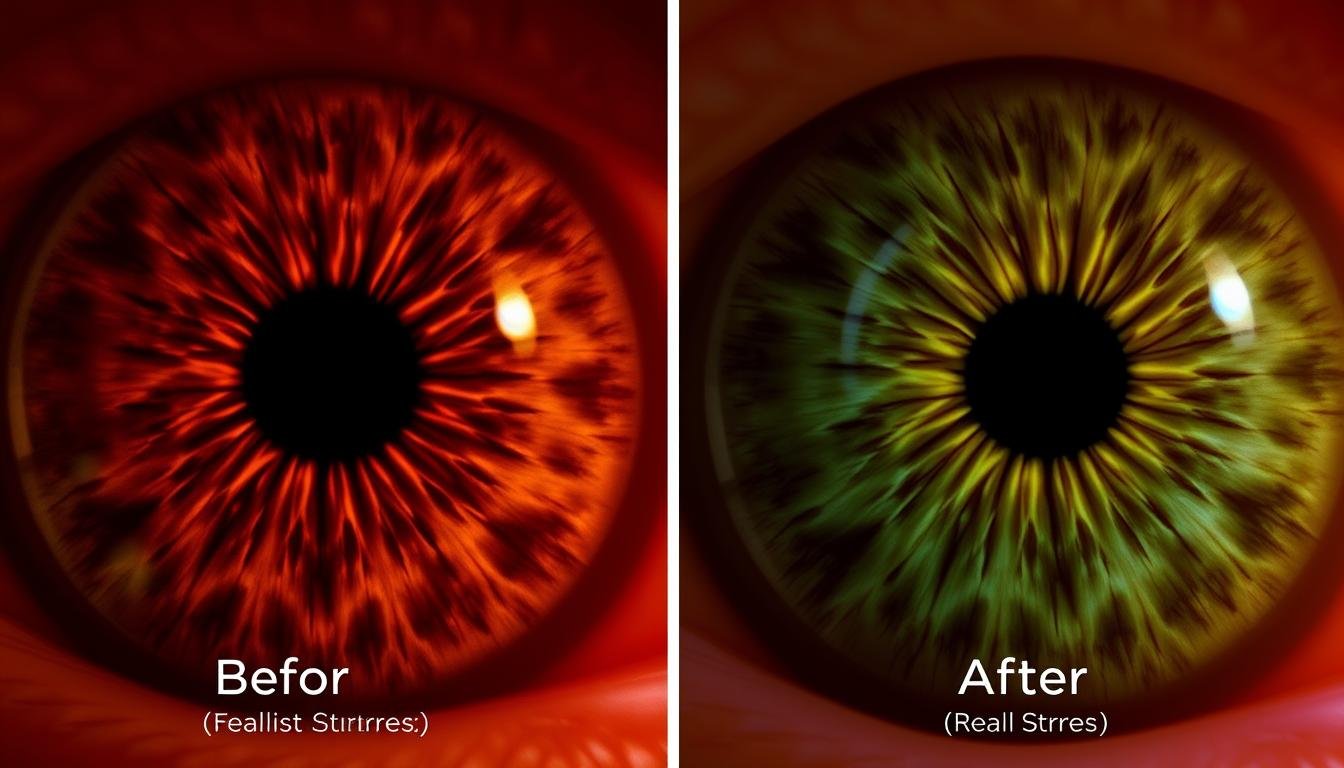
Before (left) and after (right) iris images showing stress recovery progress
Over six months, the following changes were documented:
- Month 1-2: Slight reduction in radial furrow depth as stress management techniques were implemented
- Month 3-4: Noticeable improvement in collarette regularity, reflecting autonomic nervous system balancing
- Month 5-6: Significant clearing of lymphatic congestion markers and improved fiber density
This case demonstrates how Иридология Диагностика радужной оболочки can track subtle physiological improvements that might not be captured by standard medical tests, providing motivation and validation for the client’s recovery journey.
Comparative Analysis with Conventional Diagnostics
Modern practitioners often use iridology alongside conventional diagnostic methods to provide a more comprehensive health assessment. This integrated approach leverages the strengths of both systems.
| Diagnostic Aspect |
Conventional Testing |
Иридология Диагностика радужной оболочки |
Complementary Value |
| Early detection |
Often detects issues after symptoms appear |
Can identify tendencies before clinical manifestation |
Preventive intervention opportunity |
| Stress assessment |
Blood tests measure current stress hormone levels |
Shows cumulative effects of stress on tissues |
More complete stress impact picture |
| System interactions |
Often focuses on isolated systems |
Reveals relationships between multiple systems |
Holistic understanding of health patterns |
| Constitutional factors |
Limited assessment of inherent tendencies |
Identifies genetic predispositions and strengths |
Personalized health strategies |
This comparative approach doesn’t position iridology as a replacement for conventional medicine but rather as a complementary tool that provides additional dimensions of health information. The integration of both approaches offers a more complete picture of an individual’s health status.
Важное примечание: Пока Иридология Диагностика радужной оболочки provides valuable insights into stress and fatigue patterns, it should be used as part of an integrated health approach. Always consult with qualified healthcare providers for comprehensive care.
Embracing the Insights of Иридология Диагностика радужной оболочки
The iris truly serves as a remarkable window into your body’s internal state, particularly when it comes to stress and fatigue. Through Иридология Диагностика радужной оболочки, practitioners can identify subtle patterns and changes that reveal how your body is responding to life’s demands before these stressors manifest as serious health conditions.
What makes this approach particularly valuable is its preventive nature. By identifying stress and fatigue markers early, you can implement targeted interventions before chronic issues develop. This proactive approach aligns perfectly with today’s emphasis on preventive health and personalized wellness strategies.
Whether you’re dealing with unexplained fatigue, managing chronic stress, or simply interested in optimizing your health, Иридология Диагностика радужной оболочки offers unique insights that complement conventional healthcare. By understanding the specific ways stress affects your individual body systems, you can develop more effective and personalized health strategies.
Discover What Your Eyes Reveal About Your Health
Our expert iridologists provide comprehensive iris analysis to identify stress and fatigue patterns specific to your body. Contact us today for personalized insights and recommendations.























